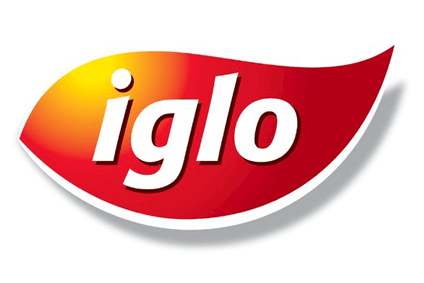Europe’s largest frozen food maker, Iglo Group, has developed a strategy that takes the emphasis off the functional aspects of frozen food and instead focuses on taste and quality. This subtle redefinition of its offering is likely to pay dividends but Iglo would also be wise to remember the fundamental appeal of the freezer aisle.
Iglo Group had a tough 2013. Profitability was hit by the triple whammy of higher costs, lower sales and weaker margins. The top line came under pressure from the “competitive trading environment” as consumers in its European markets, notably Italy, tightened their purse strings.
The company did, however, see improved fourth-quarter sales trends.
While this can partially be attributed to an easing of economic conditions in the region, Iglo chalked up much of the improvement to product development following on from its strategy to expand its appeal beyond fish fingers. “Performance improved in the final quarter of the year, as innovation helped to deliver a marginal year on year sales growth,” Iglo said in its annual report.
This strategy, dubbed “better meals together”, was ushered in by CEO Elio Leoni Sceti who joined the group in May last year.
Just six months after his arrival on the scene, Sceti outlined plans to reach sales of EUR3.2bn (US$4.4bn) by 2020. The company hopes to expand the reach of its brands to products that can be used in “every meal, every day, by everybody”.

US Tariffs are shifting - will you react or anticipate?
Don’t let policy changes catch you off guard. Stay proactive with real-time data and expert analysis.
By GlobalDataAccording to Research and Markets, a research firm, the Europe frozen food revenue is expected to grow at a CAGR of 3.8% until 2019. The sector also benefits from high household penetration, which stands at around 90%.
Nevertheless, Sceti argued, by defining itself as a frozen food company Iglo has become a “big fish constrained by a small pond”.
“When we move from looking at our share of the frozen food market and look instead at our share of the plate, our share of all eating occasions, then the picture changes completely. If we look at our penetration over a 12-week period, so people who make regular purchases of our food, then we realise that this is nothing like as strong as we thought. Now we are looking at the potential of being a fish in a huge ocean – and our opportunity for growth is immense,” he said as the group’s annual report was released this week.
In order to capitalise on that growth, Iglo will “stop talking about a functional product” and start focusing on a message that is experiential and communicates quality and taste, Sceti continued.
The company has also re-evaluated its target audience – broadening its communications from a prior focus TV advertising targeting mums with young families. Digital will be key, the chief executive insisted.
“Our brands already over-index significantly within e-commerce, and that is without our developing any significant digital presence. There is huge potential for growth in this area.”
Iglo is wise to move its emphasis from being a frozen food company to a food company that operates in the frozen space as it works to grow its share of sales and the frozen category itself.
The move to broaden Iglo’s consumer appeal is likely to see sales accelerate. But it is also worth noting that – as a food company operating in the freezer aisle – Iglo still stands to benefit from the functional appeal of frozen products.
From a health and wellness perspective, the freezing process locks in nutrients. From a food waste perspective – and value – frozen food is less likely to be thrown away. The convenience credentials of frozen are clear.
As Iglo moves to reinvent its well-known brands, which include the namesake Iglo and Birds Eye, the company would do well to keep these more traditional yet still pertinent messages in mind too.





